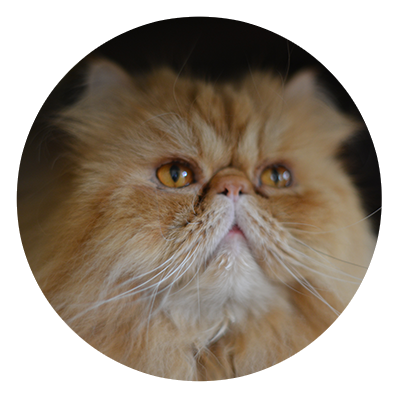Ok, not really, but kind of, I guess? I went to the University of Arizona as an undergrad in astronomy. I've finally gotten around to taking on a new hobby in astrophotography, which means even less sleep. Woohoo!
Anyway, it's been so frustrating and rewarding at the same time. This industry is incredibly unreliable when it comes to manufacturing, leading to questioning whether your setup is off because of user error (usually) or because of manufacturer error. Here's an example: Celestron publishes the back-focus for their 8" SCT with a reducer at 105mm. I've seen different posts from various astronomers saying that sometimes this is wrong and it should be 85. The reducer that Celestron provides if part of the reason for this. Manufacturing irregularities leaves consumers guessing as to what their settings need to be. This wouldn't be a big deal if it didn't have such a drastic effect on the accessories (and the expenses related to those).
Anyway, all that aside, I can safely say I've learned so much in the last 3 months. From equatorial tracking to optical cones and light paths, the amount of knowledge required in this hobby is daunting. I don't want to ever steer anyone else away from taking this on, by the way. The learning curve is high from a mechanical perspective, the processing software is horrible from a user experience perspective, the hobby is incredibly expensive, but the reward scales with the effort put into it. Nothing compares to seeing the moons of Jupiter or Saturn, or the intricate bands of the Veil Nebula, or just being able to look up and recognized so much of the night sky.
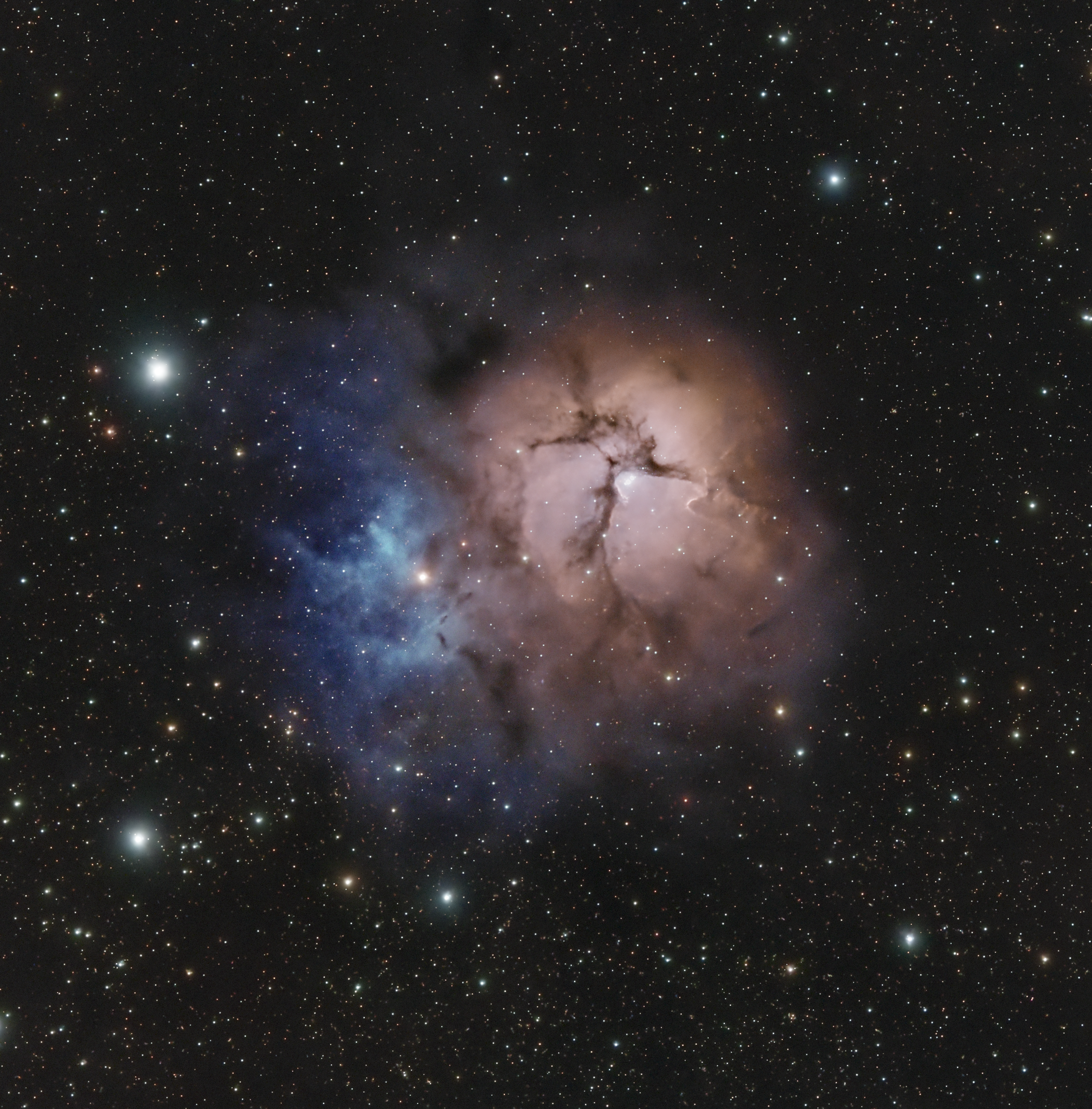
And when I say "expensive", I mean, EXPENSIVE. If you want to get into visual astronomy, not astrophotography, the cost is much more manageable. Your expense will really come to the quality of eye pieces and OTAs (optical tube assemblies). That said, whatever you spend on visual astronomy, multiply that by 10 if you want to do some good astrophotography.
Ok, now that I've gotten the intro out of the way, if you're interested in visual astronomy, I would recommend getting a Maksutov-Cassegrain or refractor to get started, and a nice zoom eye-piece like the Baader 8-24mm. Add to that a good RACI finder scope and you're probably at $1000 (not including the mount). For visual, a Alt/AZ mount would be sufficient and much less expensive than an equatorial mount. They are easier to use, find targets, and keep them in your field of view. A go-to mount would be wise as you can use the computerized motor to find targets and automatically slew to them. All in all, with the above 3 components + a tripod, you're probably at the $1100-$1300 range.
Now, for astrophotography, especially if you're like me and live in a light polluted location, here's what you need:
- An equatorial mount (these really range in cost and capability). Personally, I love strain-wave / harmonic mounts because they are much more portable and don't really require balancing your telescope on the mount.
- Tripod
- Telescope
- A guide scope
- An guide camera
- Main imaging camera (cooled for deep space, uncooled for planetary, or both!)
- Filters (these can vary in cost from $50 to $1500 PER FILTER)
- Filter mount (filter wheel or drawer)
- Electronic focuser
- External power supply
- Dew heaters
- Control system (imaging system / laptop / computer)
- Processing software
- Random accessories like spaces, off-axis guiders (I don't recommend these right now), lights, mounting saddles and mounting plates / bars, barlows, reducers, field flatteners, etc.
Here's what a deep sky astrophotography rig can end up looking like:
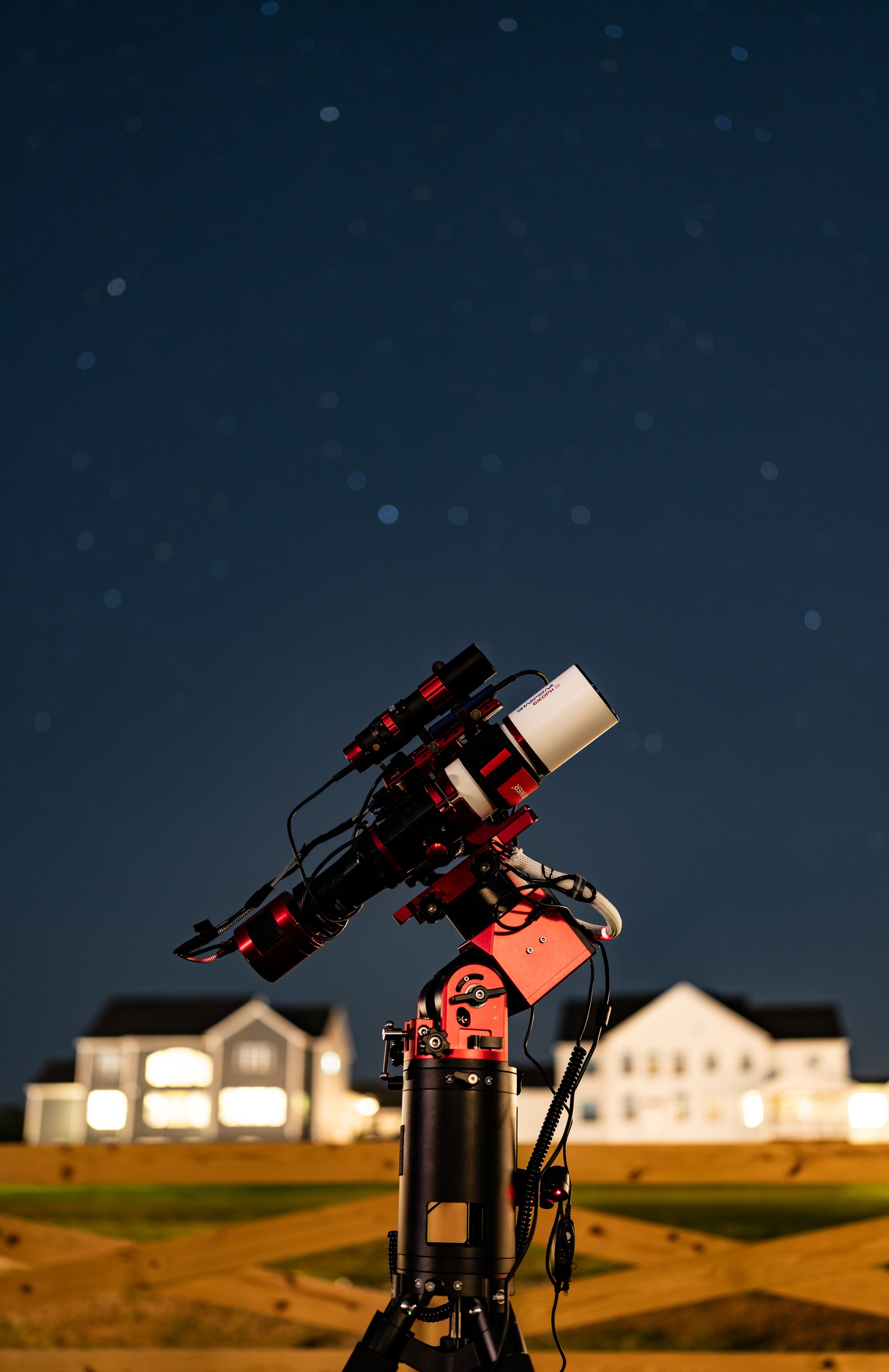
I'll post my current rig / gear list soon...but here are some shots taken with both the SharpStar and the Askar V
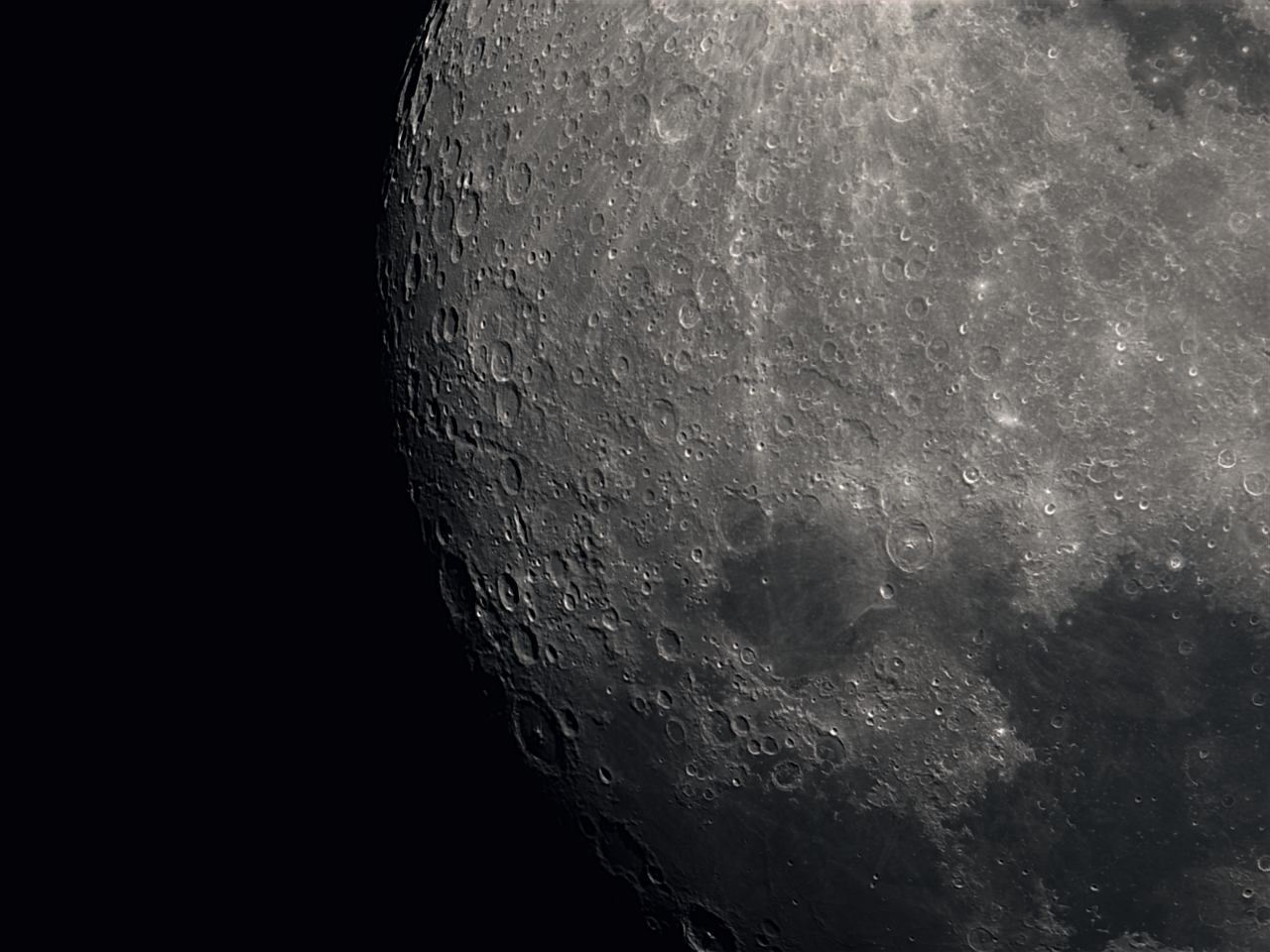
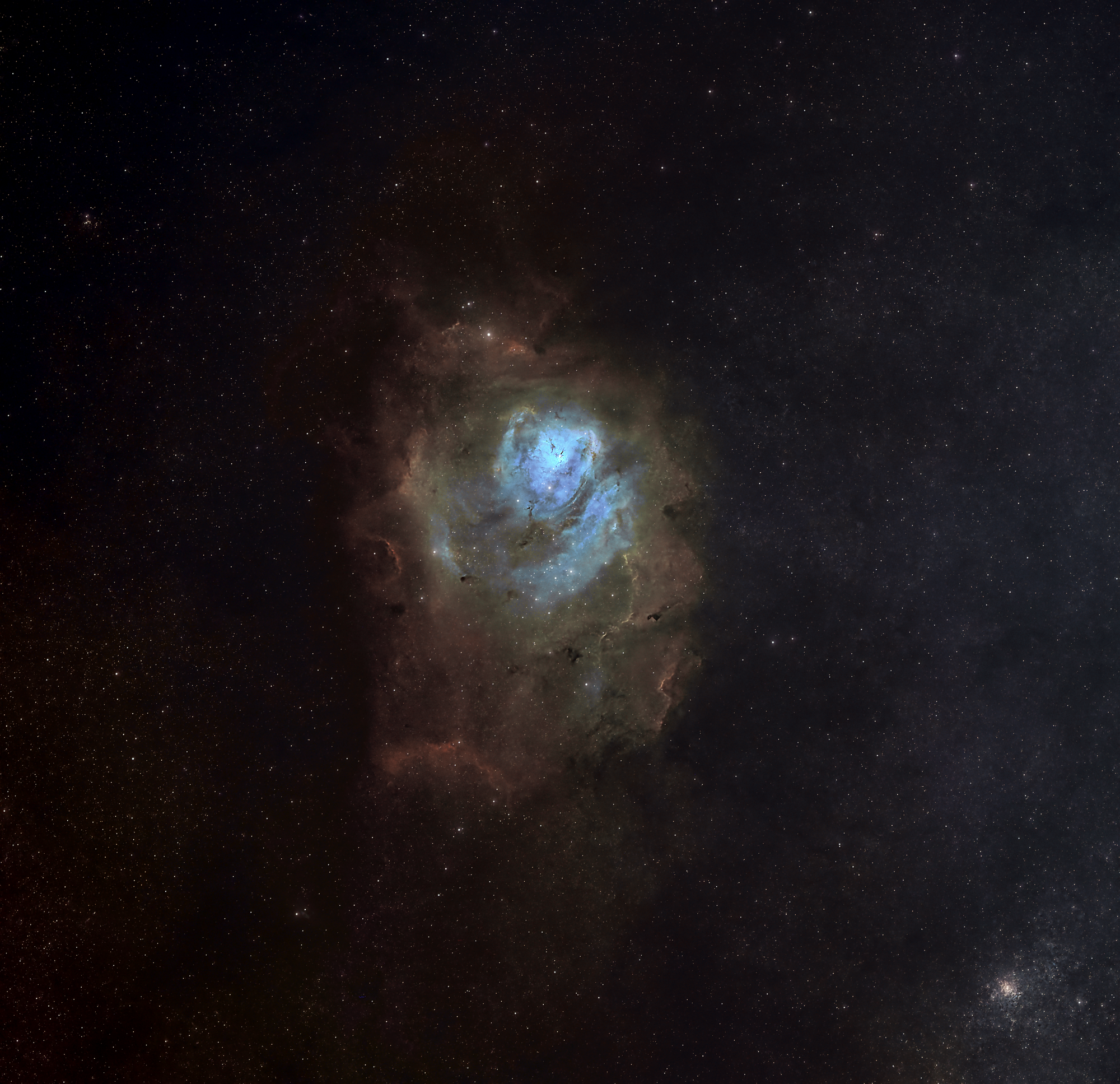
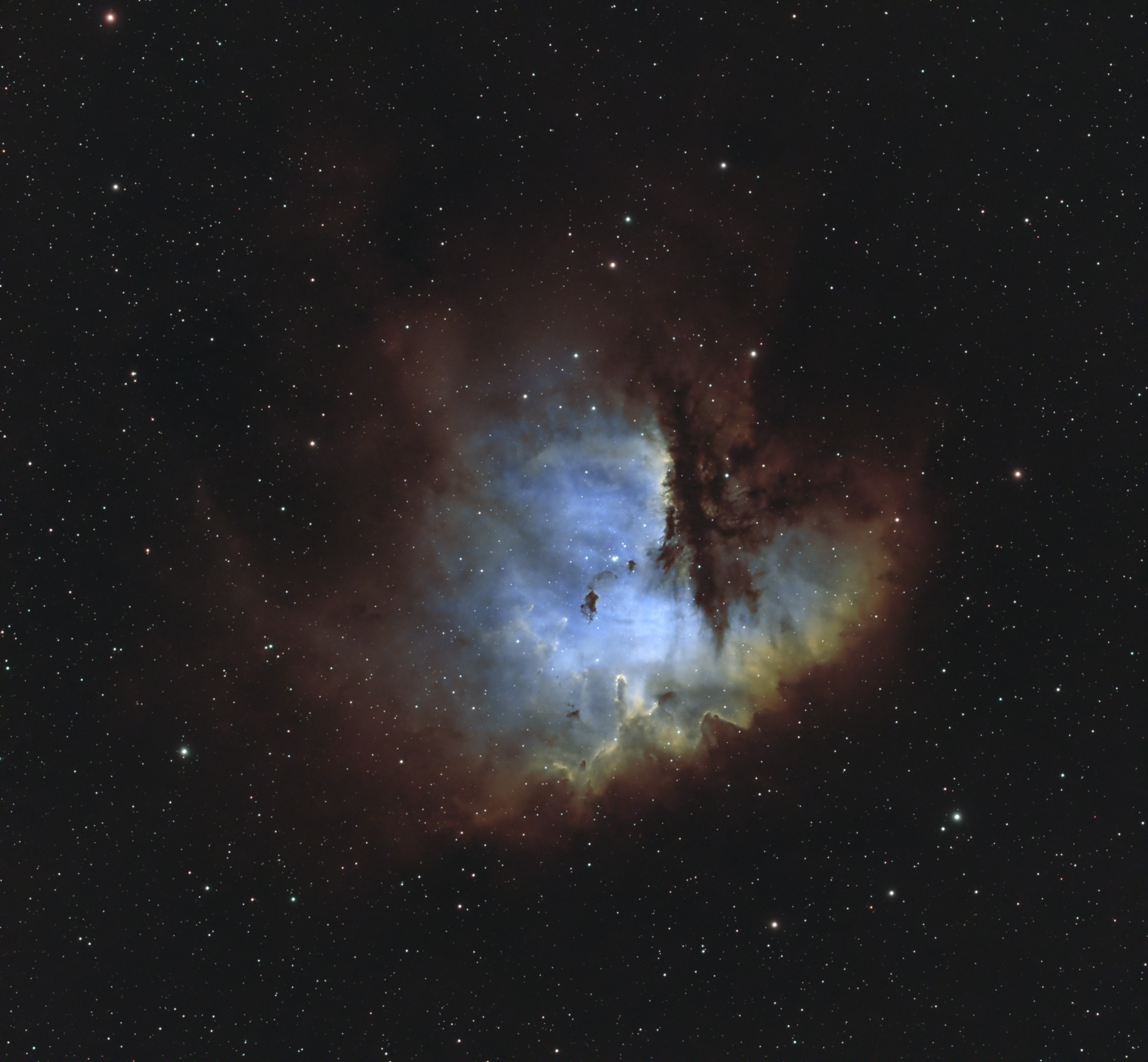
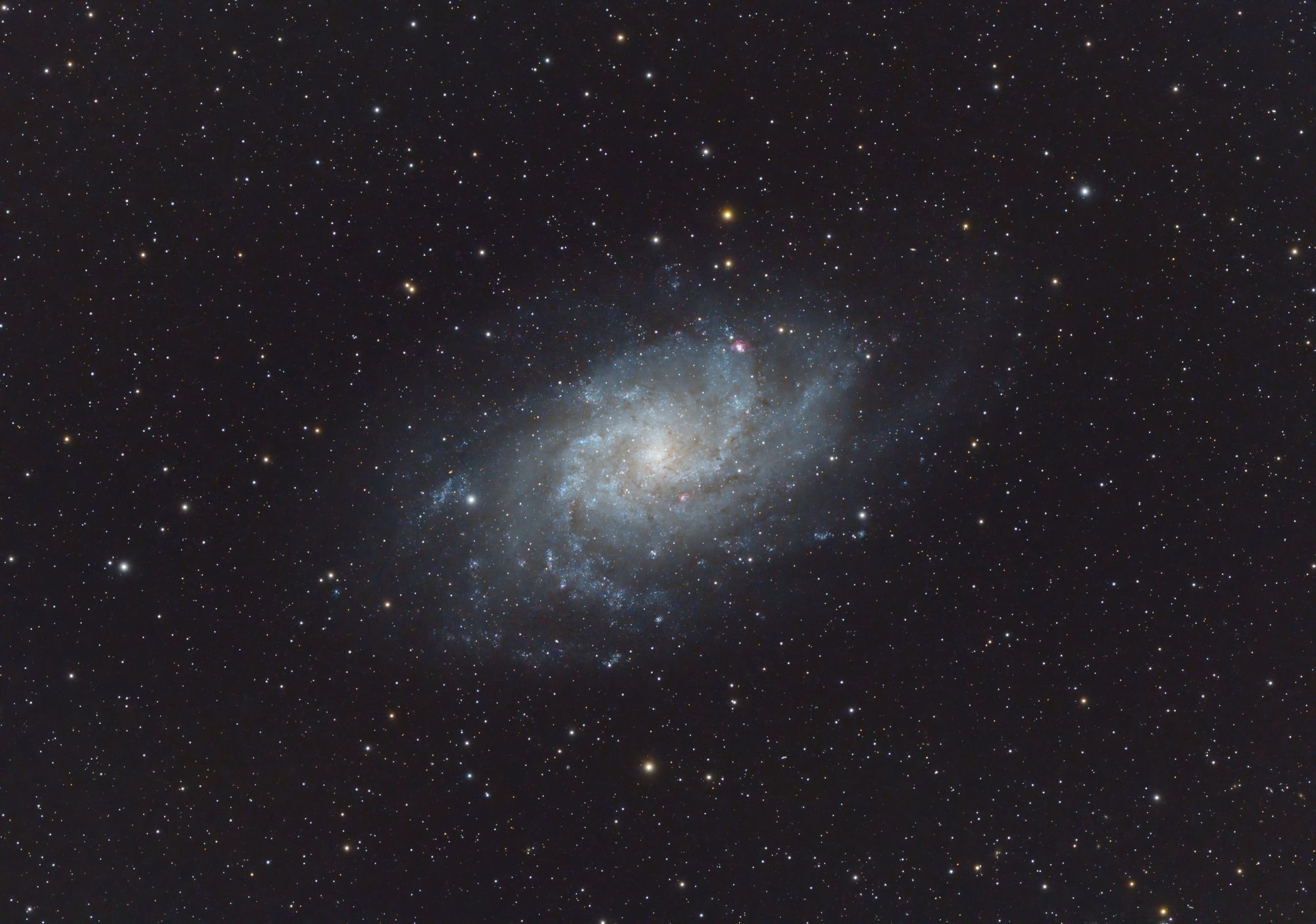
Anyway, you get the point. This hobby is not for the faint of heart. It has taxed me on my sleep, my sanity, my time, my wallet and I love every second of it.
